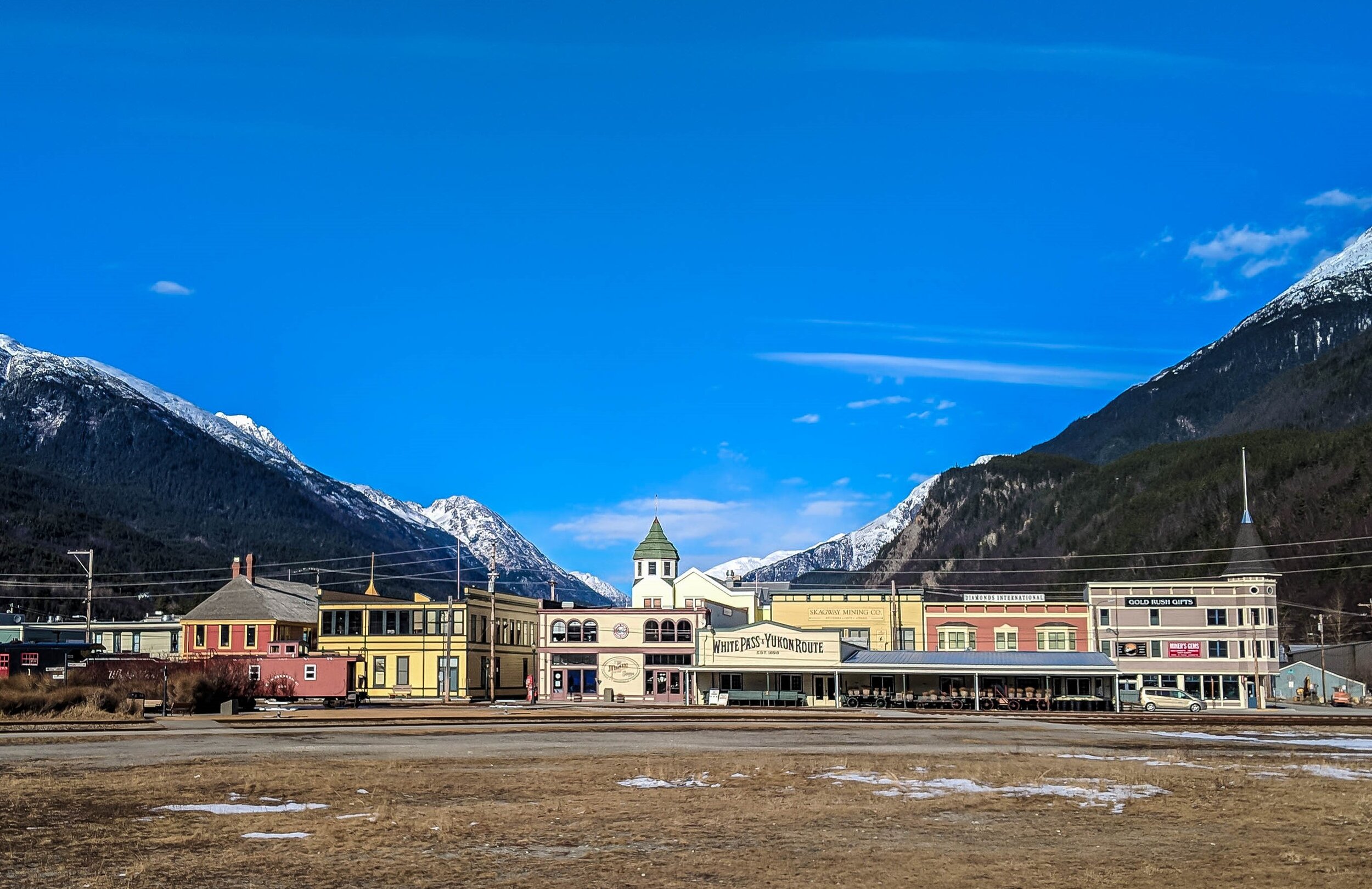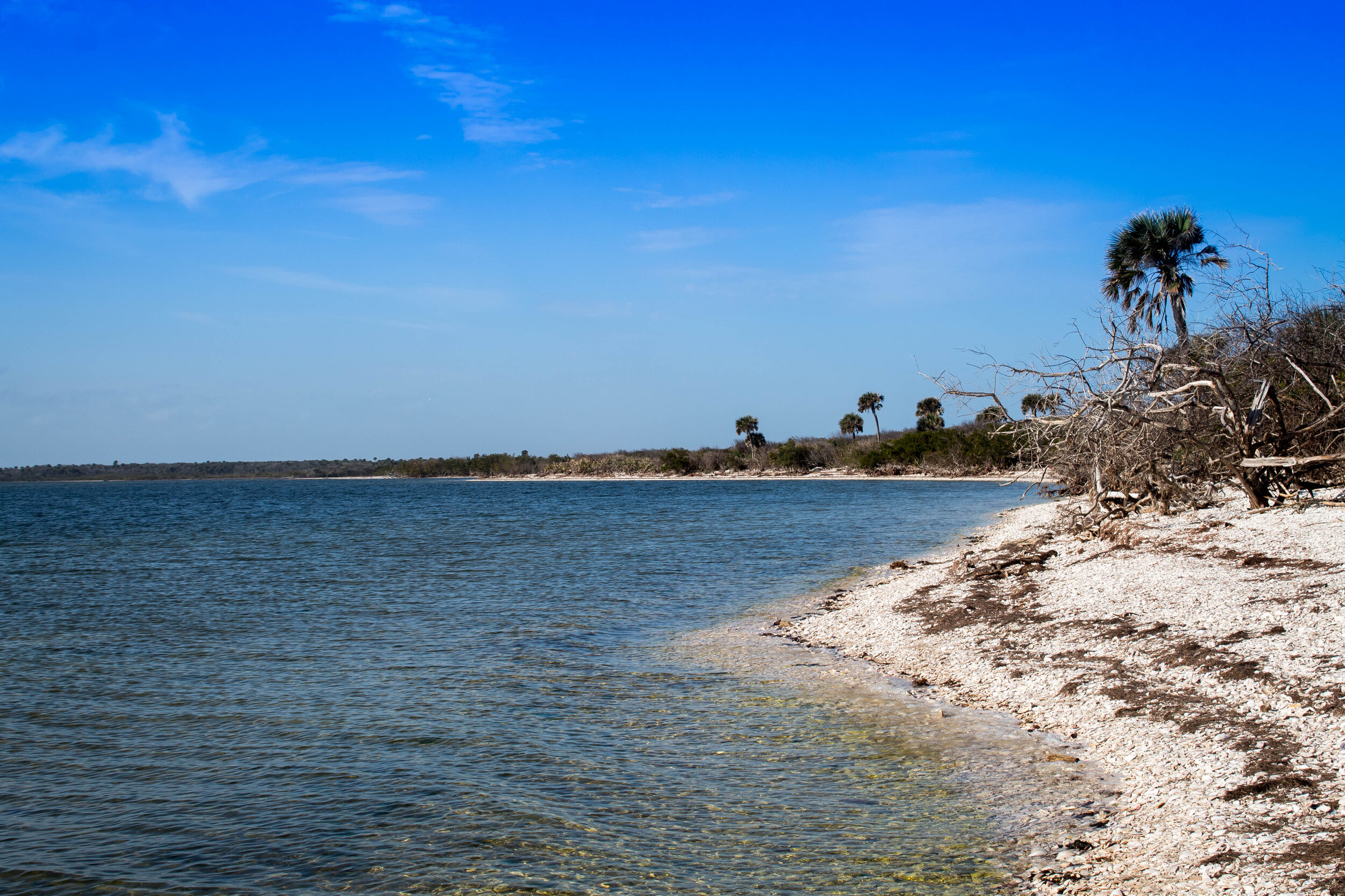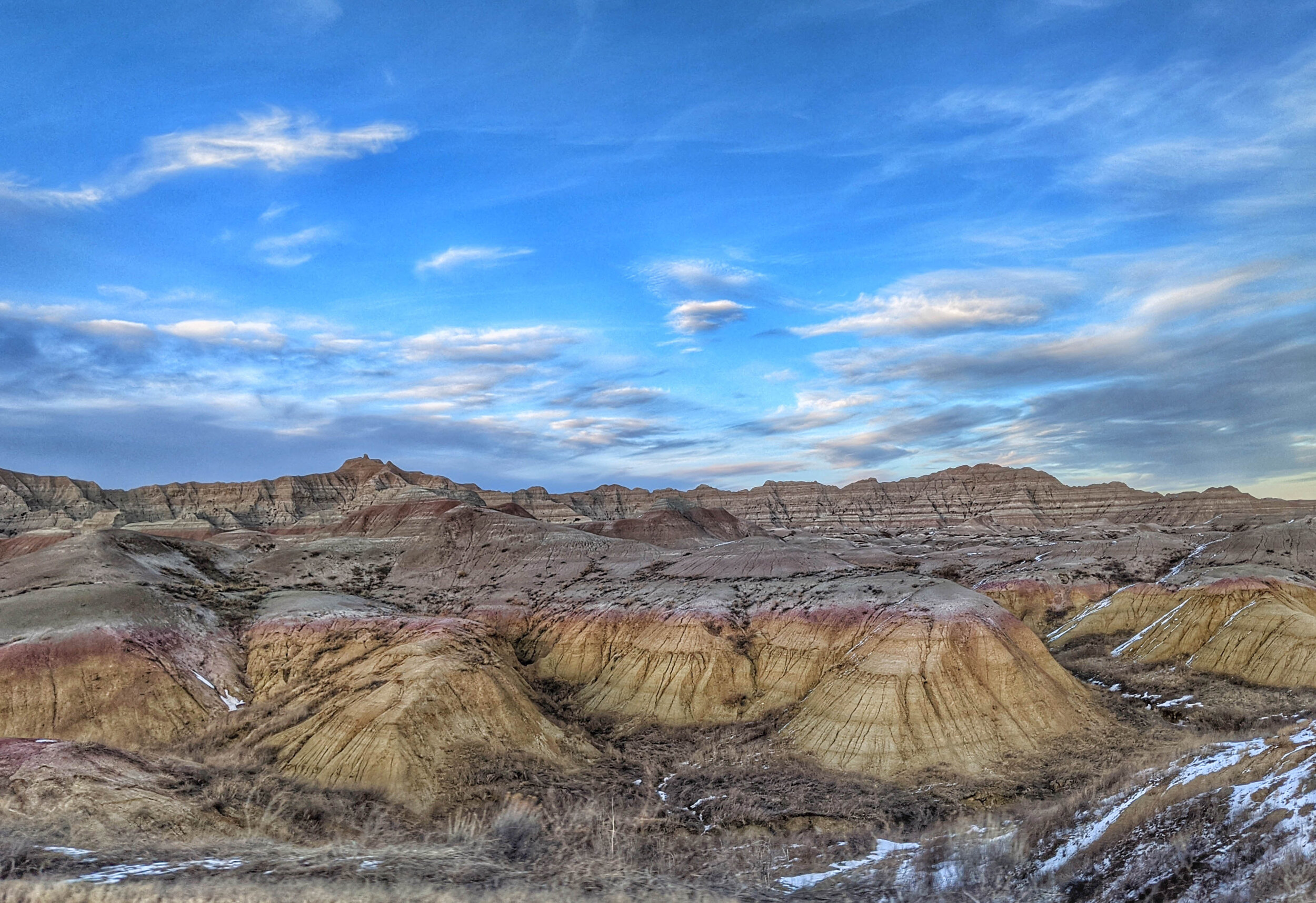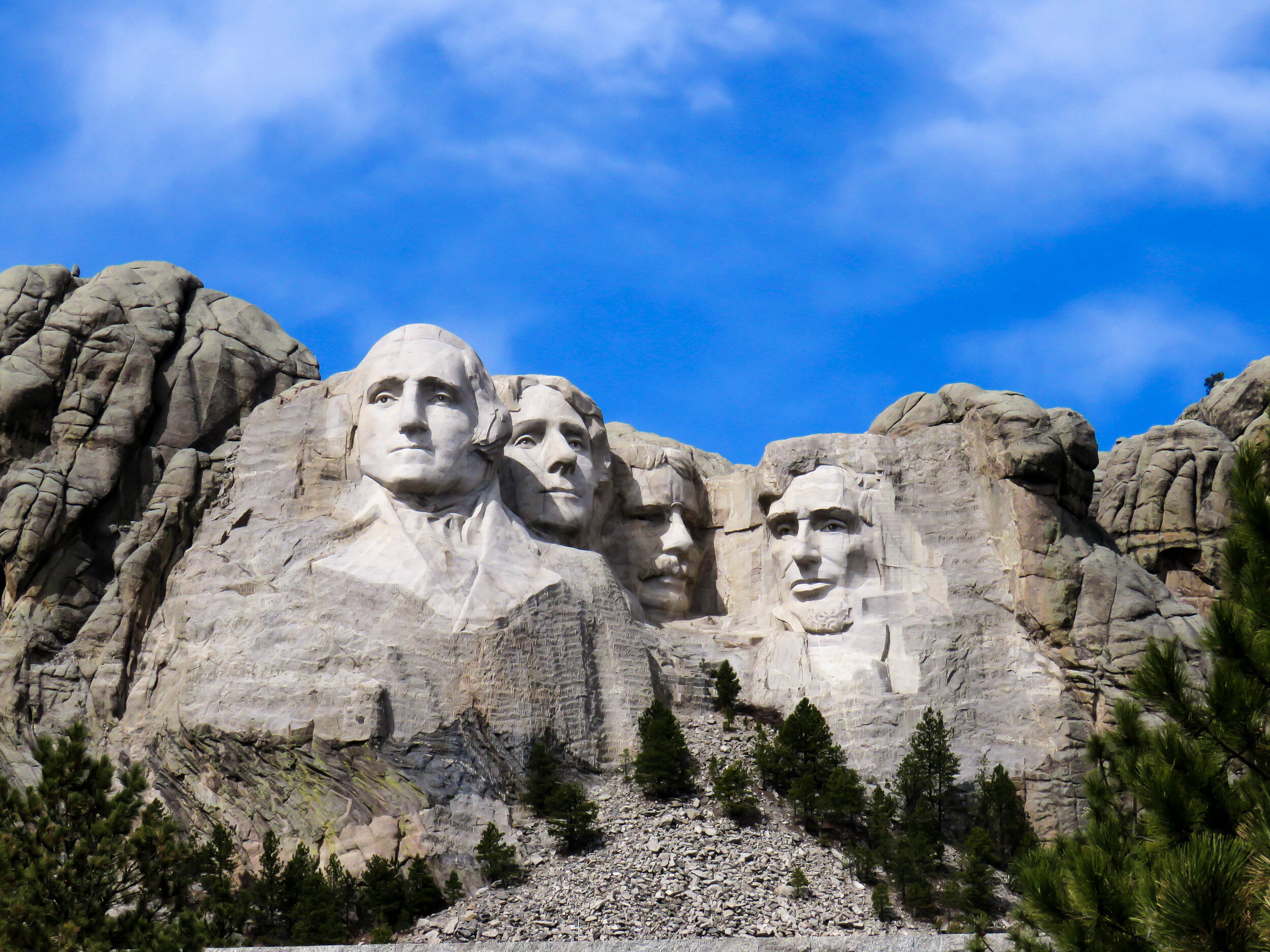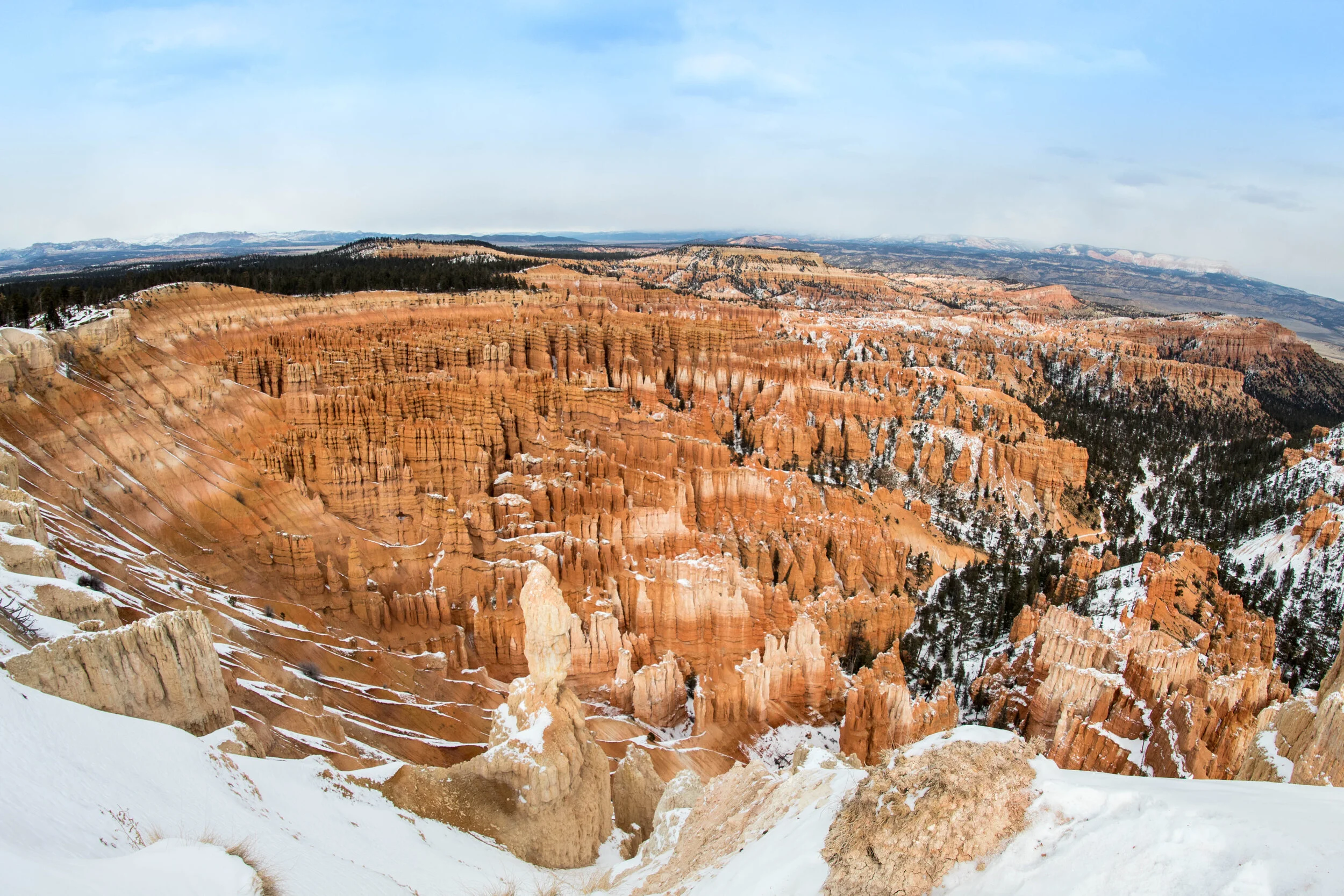Skagway, Alaska: A Gold Nugget in the National Park System
Visiting America's National Parks is the dream of many travelers from all over the world and all walks of life. These beacons of unspoiled natural beauty, memorials of days gone by, and open spaces for recreation call out to us year after year. Americans and visitors alike answer this call! In 2019, approximately 327.5 million visits were made to U.S. National Parks. But what if I told you that it is possible you visited a National Park and didn't even realize it? If you have been to Skagway, Alaska, this may have been the case!
The National Park Service has a long history of preserving our most precious sites and the history of our country. The congressional "Act of March 1st, 1872" established Yellowstone as "a public park or pleasuring ground for the benefit of the people" It put the land under the direct control of the Department of the Interior. This popular precedent would set the stage for the future of the federally managed public spaces.
The National Park Service was officially established by the "Organic Act of 1916" signed by President Woodrow Wilson on August 25th, 1916. The 35 national parks established at that time would fall under its guise and management. Then in 1933, further land managed by the Forest Service and War Department came into the control of the National Park Service.
Ultimately, the desire to expand and preserve natural and historic spaces would culminate in 1970 with the passing of the "General Authorities Act." This landmark legislation would provide a framework for the future of the National Park Service as it outlines the future preservation of public lands, and preservation of historic lands, buildings and trails.
In the time since 1970, an abundance of federally own properties have come into the fold of NPS management. These include National Seashores, Lakefronts, Monuments, Preserves, scenic trails and National Historic Parks.
Luckily for National Park lovers, Alaska is home to a bountiful amount of these protected natural spaces. From the sheer magnitude and drama of Denali to the marine oasis of the Kenai Fjords, the impact of the National Parks are felt throughout the state and are a source of pride for Alaskans.
Southeast Alaska is often recognized as a destination for cruise travelers which brings over a million visitors a year to the area. What many people don't know is that when they disembark from their ship in the port of Skagway. they are passing through the Klondike Gold Rush National Historic Park. Established on June 30th, 1976, it is dedicated to the historical preservation of the events of the Klondike Gold Rush of 1897-1900.
The visitor center, staffed with National Park Rangers and Interpretative Guides, is located in the former White Pass and Yukon Route railroad ticket office. This painstakingly restored building has been returned to its turn of the century glory and will make you feel as if you were preparing for the same fateful trip as the gold stampeders. Right next door, in the former railroad administration building, is a museum providing an overview of the journey of close to 100,000 gold seekers that started the arduous journey to the Klondike gold fields 700 miles to the North. In addition to staffing these two locations, park services maintains a multitude of other buildings keeping them looking as they did during the days of the gold rush. They also provide free walking tours and Ranger Chats.
The thousands of frenzied stampeders that passed through Skagway in search of their claims had to contend with some of the most beautiful yet frightening terrain in North America. Two popular routes were used: the White Pass Trail and the Chilkoot Trail. Both trails were treacherous, with a multitude of impediments and dangers. The White Pass Trail would eventually be replaced by the White Pass and Yukon Route Railroad. While the White Pass Trail was resigned to history, the Chilkoot Trail is still used today; it is now maintained by the National Park Service. This epic 33 mile trail is consistently rated as one of the must do hikes in the world by outdoor enthusiasts. Permits are required to hike the Chilkoot Trail.
Unfortunately, many single day visitors to Skagway won't truly have the time to experience the details and multiple facets of this sprawling park. This is why we recommend an independent visit to Skagway. Without time restraints, a visitor to Skagway can fully embrace what it was like to be a “down on their luck, out of work, turn of the century dreamer”.
Stampeder Statue by local artist Peter Lucchetti. Located across from the National Park Visitor’s Center.
Happily, the Skagway of today is much more hospitable that it was 125 years ago. Getting here has been simplified by flights multiple times per day by Alaska Seaplanes and by ferry service on the Alaska Marine Highway. With multiple locally owned accommodations, restaurants, and activities, Skagway has a multitude of options for an extended stay. With a walkable downtown core, and with E-bike and car rentals available year round, navigating every part of Skagway will be a breeze.
Now is the time to book the independent trip of a lifetime to Alaska. With no cruise ships on the horizon for 2021, the opportunity to visit Southeast Alaska without the typical crowds of summer cruise ship passengers might never come again. Make this summer special and come enjoy your park in Skagway, Alaska.
All photographs in this blog post were taken by Nicole Goodman - Off Your Beaten Path Photography

